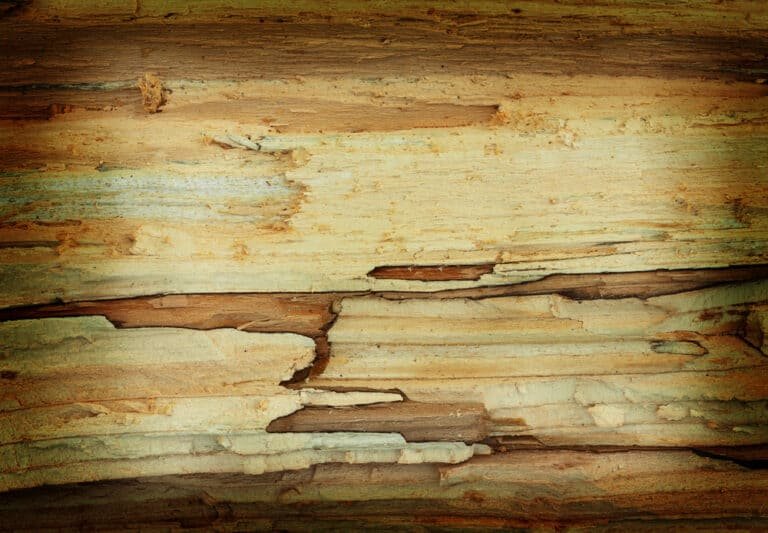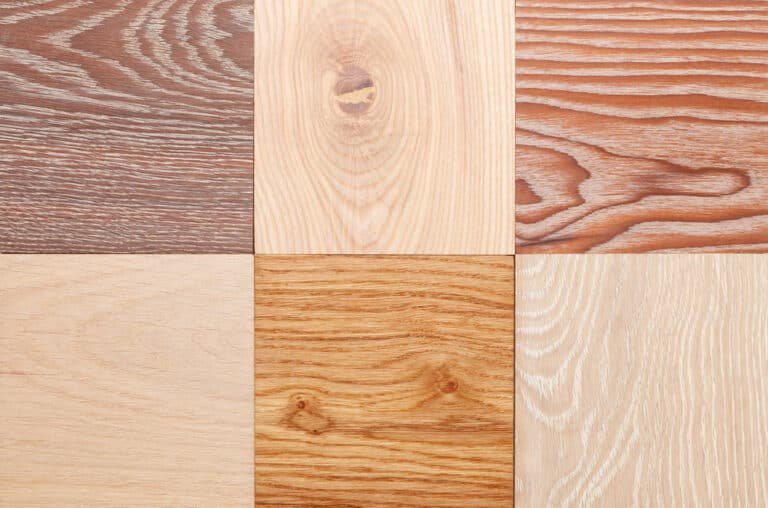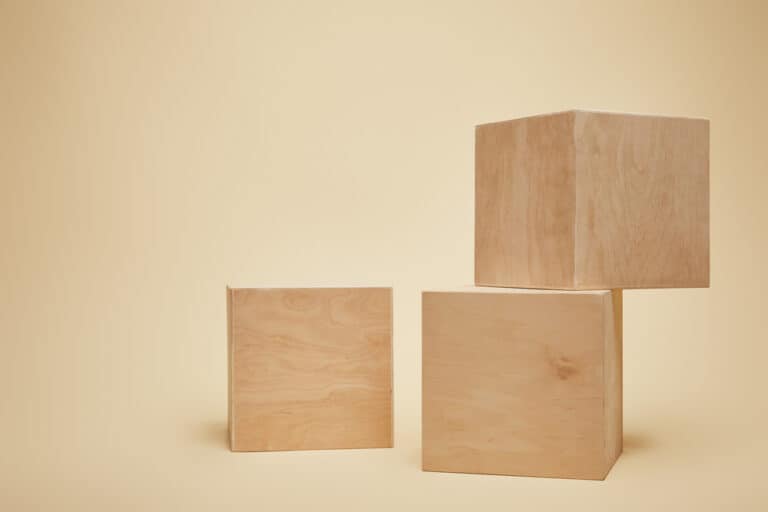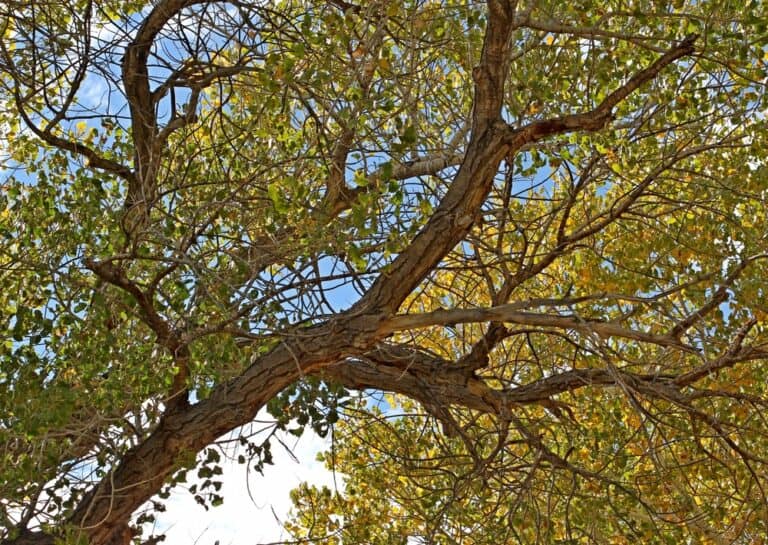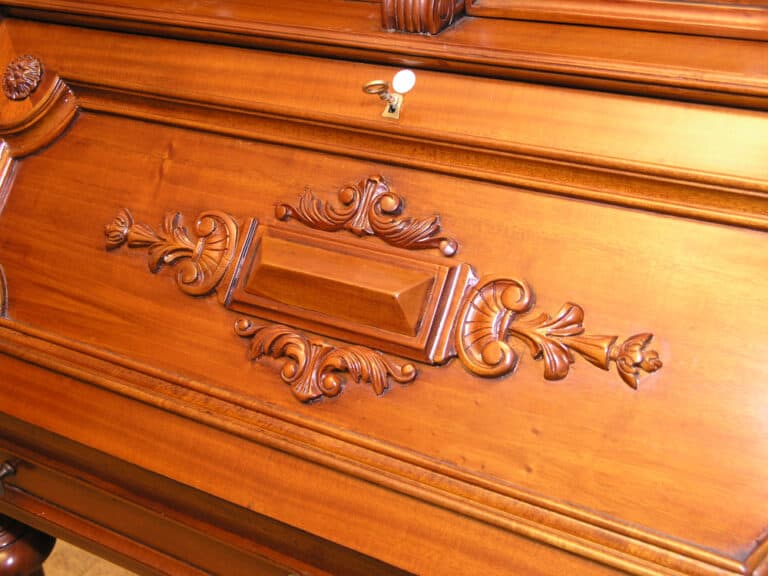Fig wood is an ideal choice for wood carving projects due to its durability and strength. However, it is not recommended for beginner carvers due to its hardness. It has a dense grain structure and tight growth rings and comes in a variety of colors ranging from light browns to dark reds. Fig wood is a hardwood that is especially well suited to furniture and outdoor pieces.

Characteristics of Fig Wood
Physical Properties
Texture and Grain: Fig wood is known for its smooth texture, which makes it particularly appealing for carvings that require a high level of detail. The grain is typically fine and even, allowing for intricate designs without the interference of coarse grain patterns.
Color Variations: One of the most striking features of fig wood is its color variation. The heartwood tends to have a rich, warm hue that ranges from golden brown to a deeper reddish-brown. The sapwood, in contrast, is lighter, often presenting a creamy or pale yellow color. This natural contrast can be used artistically to add depth and dimension to carvings.
Hardness and Durability: While fig wood is not as hard as some popular carving woods like walnut or mahogany, it offers a good balance between hardness and workability. It’s sufficiently durable for most carving projects, but its relatively softer nature requires a gentle hand to avoid unintended marks or dents.
Workability
Fig wood’s workability is one of its most appreciated characteristics among woodcarvers. Its softer nature compared to many hardwoods allows for easier cutting and shaping, making it an excellent choice for both beginners and experienced carvers. However, this softness also means that tools must be kept sharp to avoid tearing the wood fibers.
Environmental Impact and Sustainability
The use of fig wood in carving also brings into consideration its environmental impact. As fig trees are primarily grown for their fruit, the wood is often a byproduct, making it a more sustainable option compared to woods harvested solely for their timber. However, it is important to source fig wood from responsible suppliers to ensure that it comes from sustainable practices.
Suitability for Different Carving Styles
Fig wood is versatile in its application. Its fine grain and ease of carving make it suitable for detailed relief work and intricate figurative carvings. For those interested in larger, more abstract pieces, the wood’s color variations and texture offer a visually appealing base.
Preparing Fig Wood for Carving
Before carving, it is crucial to properly prepare the wood. Fig wood should be adequately dried to prevent cracking and warping. A well-seasoned piece of fig wood will retain its shape and details much better over time.
Availability of Fig Wood
Fig wood is widely available in most parts of the world through local lumber yards, specialty stores specializing in hardwoods and online reatilers. Reclaimed fig wood can often be found at flea markets, antique shops, garage sales etc.
Pros and Cons of Carving With Fig Wood:
Pros:
- Workability: Fig wood is relatively soft and easy to carve, making it suitable for both beginners and experienced carvers.
- Fine Grain: Its fine grain allows for intricate and detailed carvings.
- Color Variations: The wood offers beautiful natural color variations, ranging from golden brown to reddish-brown, adding visual appeal to the finished piece.
- Smooth Texture: The smooth texture of fig wood is ideal for achieving a high-quality finish.
- Sustainability: Often a byproduct of fruit production, using fig wood can be more sustainable than woods harvested solely for timber.
Cons:
- Relative Softness: The softness can be a drawback for projects requiring harder, more durable wood.
- Susceptibility to Damage: It can be more prone to dents and scratches due to its softer nature.
- Limited Availability: Fig wood may not be as readily available as other more common carving woods.
- Drying Requirements: Proper drying is essential to prevent cracking and warping, requiring extra preparation time.
- Maintenance: Carvings made from fig wood may require more maintenance to preserve their appearance over time.
Types of Projects Suitable for Carving with Fig Wood
Here are some popular wood carving projects that are well-suited to using fig wood:
- Spoons: Fig wood is well suited for carving spoons as it is relatively lightweight and has a smooth texture, making it easy to work with.
- Jewelry: Fig wood can be carved into beautiful pendants, bracelets, and other jewelry items due to its attractive grain patterns and natural color.
- Bowls: Fig wood is ideal for carving bowls as it is sturdy enough to hold its shape, yet soft enough to be carved into intricate designs.
- Whistles: Fig wood is a great material for carving wooden whistles as it has a good tonal quality and can be carved into a range of shapes and sizes.
- Sculptures: Fig wood can be carved into sculptures due to its workability and natural beauty. Whether you want to carve a simple figurine or a more complex piece, fig wood is a great choice.
- Utensils: Fig wood can be carved into utensils such as forks, knives, and serving pieces due to its durability and attractive grain patterns.
- Decorative boxes: Fig wood can be carved into unique and beautiful decorative boxes due to its attractive grain patterns and ability to be carved into intricate designs.
- Picture frames: Fig wood can be carved into stylish picture frames due to its natural beauty and ability to be sanded to a smooth finish.
- Walking sticks: Fig wood is a great material for carving walking sticks as it is strong and durable yet lightweight.
- Animal figurines: Fig wood can be carved into a range of animal figurines such as birds, cats, and dogs due to its workability and natural beauty.
- Ornaments: Fig wood can be carved into a range of ornaments such as Christmas tree decorations, wall hangings, and wind chimes due to its natural beauty and ability to be carved into intricate designs.
- Furniture: Fig wood can be carved into furniture pieces such as chairs, tables, and shelves due to its strength and durability, making it a great choice for furniture projects.
Tips for Working with Fig Wood
Carving with fig wood, due to its unique properties, requires some specific considerations and techniques. Here are some tips that are particularly relevant when working with fig wood:
Gentle Handling
Given its relative softness, use a light touch when carving fig wood to avoid unintended marks or gouges. This softness can be advantageous for intricate details, but it also means the wood can damage more easily than harder varieties.
Sharp Tools
Always use sharp carving tools. Dull tools can crush rather than cut the softer fig wood fibers, leading to a rough finish. Regularly sharpening your tools will ensure cleaner cuts and a smoother finish.
Controlled Drying
Fig wood needs to be dried carefully to prevent cracking and warping. If you’re working with green (freshly cut) fig wood, allow it to dry slowly and evenly. Sometimes, sealing the ends of the wood can help reduce the chances of splitting as it dries.
Finishing Techniques
Due to its fine grain, fig wood can be sanded to a very smooth finish. After carving, progressively use finer grit sandpaper to achieve a silky texture. Finish with a good quality wood oil or wax to enhance the natural color variations and protect the wood.
Temperature and Humidity Control
Store and work with fig wood in a stable environment. Extreme changes in temperature and humidity can cause the wood to warp or crack, even after the carving is completed.
Test on Scraps
Before starting your main project, practice on scrap pieces of fig wood. This will help you get a feel for how the wood behaves under your tools and allow you to adjust your technique accordingly.
Utilize Color Variations
Plan your carving in a way that takes advantage of the natural color variations in the wood. You can use the darker and lighter areas strategically to add depth and contrast to your piece.
Minimize Clamping Pressure
When securing fig wood for carving, be mindful of the clamping pressure. Excessive pressure can dent or deform the softer wood. Use soft jaws or a protective layer between the clamp and the wood.
